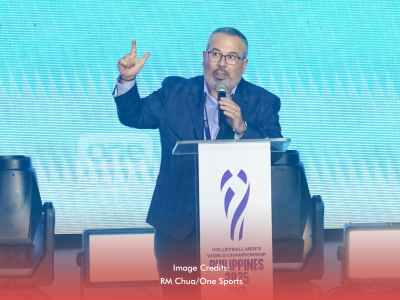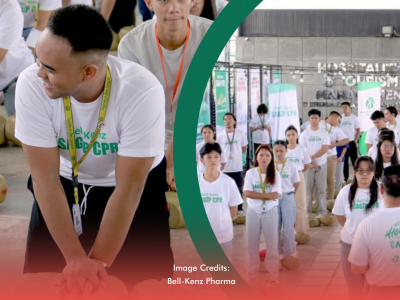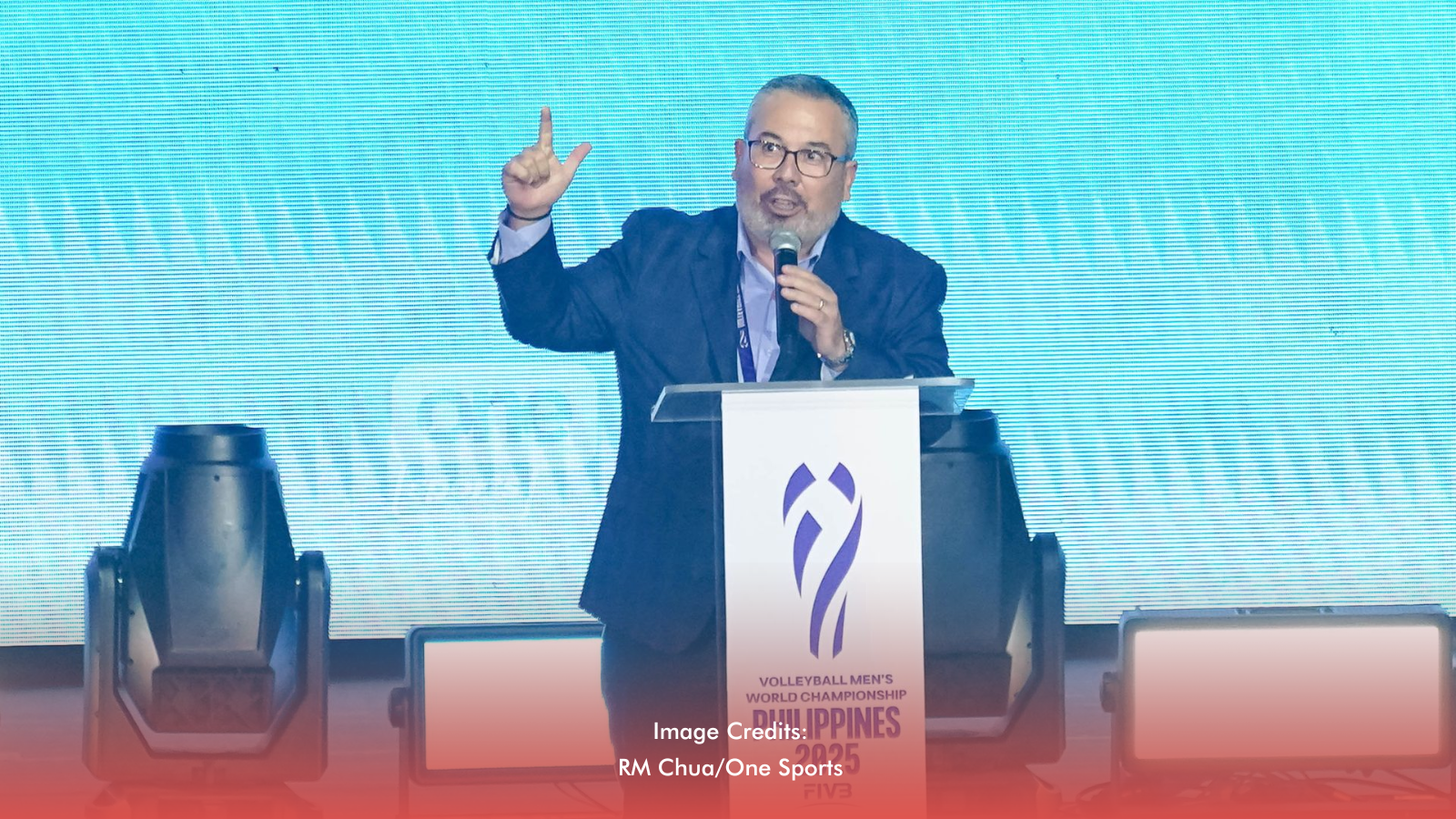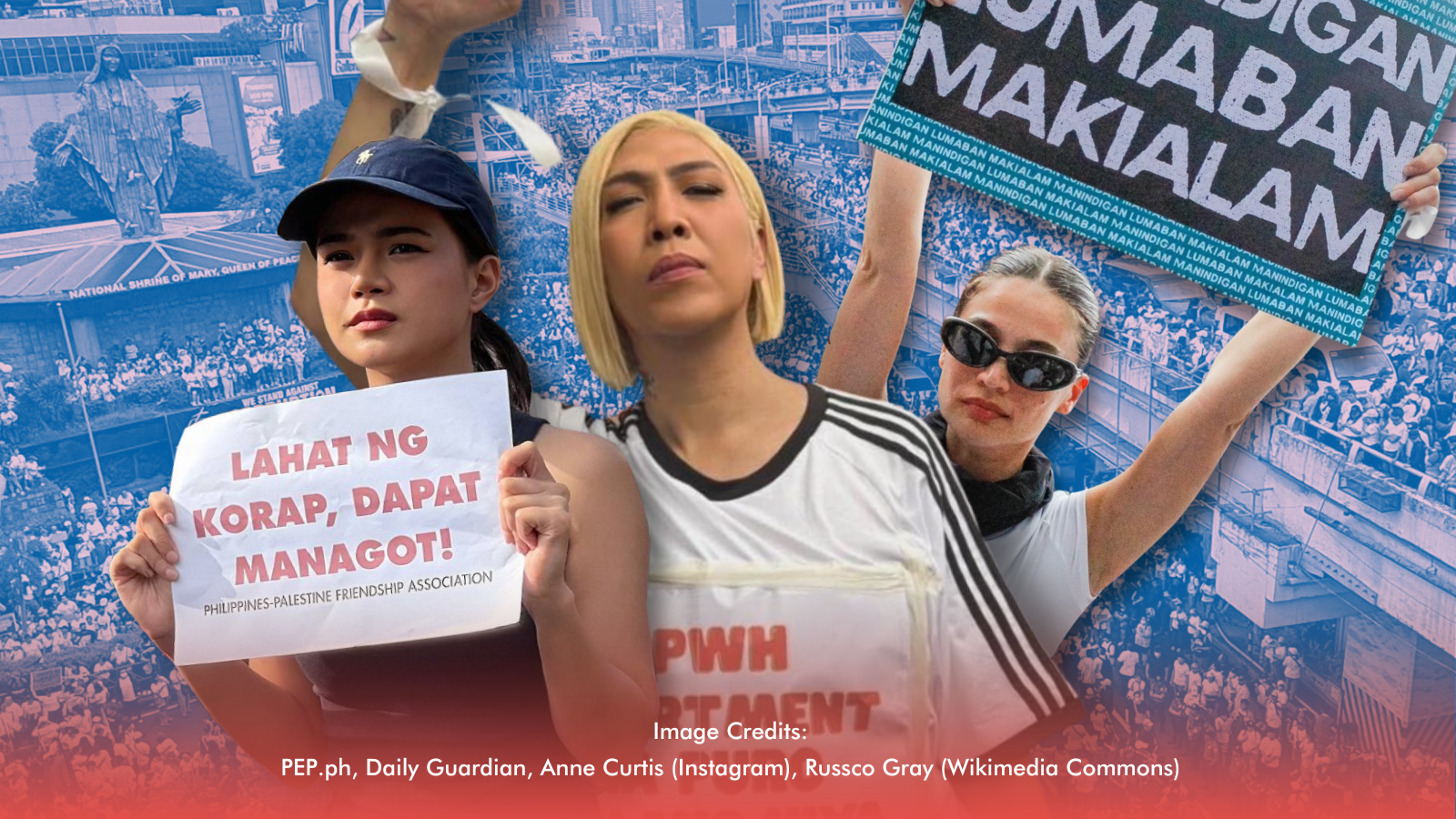The United Nations High Commissioner for Refugees (UNHCR) is reinforcing its presence in the Philippines with new programs and deeper partnerships aimed at supporting forcibly displaced and stateless populations. This includes refugees, asylum seekers, internally displaced persons (IDPs), and communities with no formal legal identity.
UNHCR has been working in the country since the 1980s, but its efforts have grown as the need for protection, documentation, and humanitarian services has increased in recent years.
Bigger Reach, Closer Help
The agency is ramping up programs in remote areas, particularly in Mindanao and the Bangsamoro Autonomous Region in Muslim Mindanao (BARMM), where many still lack access to essential services and legal documentation.
“Statelessness is a very serious issue. If you cannot prove you belong to a state, you cannot access even the most basic services,” said Maria Ermina Valdeavilla?Gallardo, head of UNHCR Philippines.
Efforts include supporting birth registration among Sama Bajau communities, deploying boats to reach coastal villages, and using digital tools to create legal records. UNHCR also works with the Public Attorney’s Office to provide legal aid for asylum seekers.
Working Together for Inclusion
Internally displaced persons remain a critical focus, with more than 180,000 Filipinos still displaced due to conflict, calamities, or development-related causes.
“This law is a model. It ensures IDPs are not only protected but included in conversations about their future,” Gallardo said, referring to BARMM’s IDP rights law.
Looking ahead, UNHCR hopes national legislation will follow BARMM’s lead. “The Philippines has a proud history of welcoming people in need. Our work is to help ensure that promise continues — for every person, in every corner of the country,” she added.
By deepening its roots in the country, UNHCR aims to make inclusion, protection, and legal recognition a reality for all displaced and stateless persons in the Philippines.








